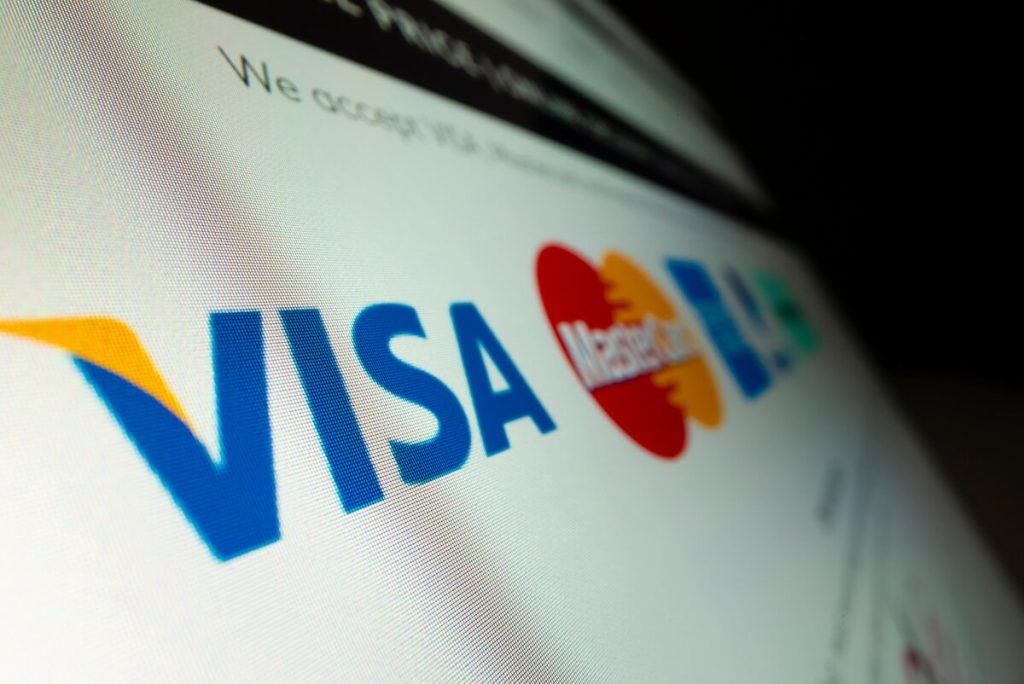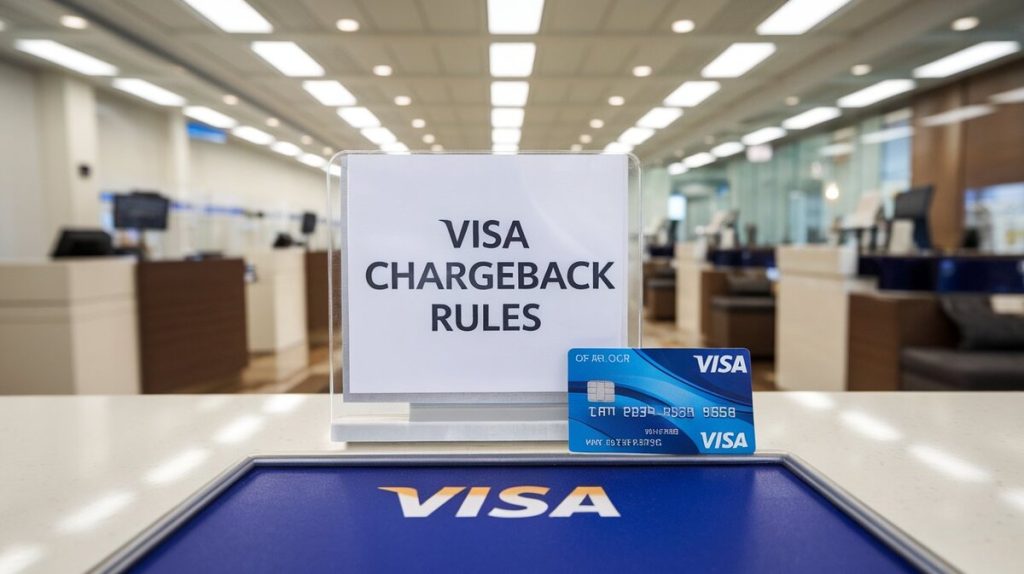Chargebacks are an essential tool for consumers to dispute transactions and recover funds. For merchants, they represent a financial and operational challenge. Visa, one of the largest payment networks, enforces strict rules on chargebacks to manage disputes between customers and merchants. Understanding Visa chargeback rules can help businesses minimize losses and avoid penalties. This article breaks down the chargeback process, common reason codes, fees, and effective prevention strategies, with actionable data.
What Are Visa Chargebacks?
A chargeback occurs when a cardholder disputes a transaction and requests a refund through their card issuer. The transaction amount is reversed, and the merchant must respond with evidence if they want to contest the dispute. Chargebacks aim to protect consumers from fraud or errors but can cost merchants significant time and money if handled poorly.
Types of Chargebacks
Visa organizes chargebacks into four primary categories based on the nature of the dispute:
- Fraudulent Transactions: These occur when a cardholder claims they didn’t authorize the transaction.
- Example: Fraud in card-not-present (CNP) environments like online shopping.
- Authorization Issues: The merchant fails to obtain valid authorization.
- Example: The merchant processed a transaction without the customer’s consent.
- Processing Errors: These involve technical or procedural mistakes.
- Example: Duplicate charges or incorrect transaction amounts.
- Consumer Disputes: Customers claim dissatisfaction with the product or service.
- Example: The product did not match the description, or the service was not delivered.
Common Chargeback Reason Codes
Visa assigns reason codes to each chargeback, which provide a clear explanation of why the transaction is disputed. Knowing these codes helps merchants respond accurately.
| Reason Code | Category | Description |
|---|---|---|
| 10.4 | Fraud – Card-Not-Present | The cardholder did not authorize a transaction in a CNP environment. |
| 11.3 | Authorization Issues | No valid authorization was obtained by the merchant. |
| 12.1 | Processing Errors | Transaction submitted after the deadline. |
| 13.1 | Consumer Disputes | Cardholder did not receive goods or services. |
These codes provide a framework for merchants to organize their responses when contesting a chargeback.

Visa Chargeback Process
To effectively manage chargebacks, merchants must understand the steps Visa follows when resolving disputes.
- Dispute Initiation:
- The cardholder contacts their bank to initiate a dispute, and the issuing bank assigns a reason code. The cardholder typically has 120 days from the transaction date to file a chargeback.
- Bank Investigation:
- The issuing bank reviews the claim to determine if the dispute is valid. If valid, the acquiring bank is notified, and the merchant is informed.
- Merchant Response:
- The merchant has 20-30 days to respond with evidence such as proof of delivery, order confirmation, or communications. If the merchant fails to respond, the chargeback is automatically lost.
- Resolution or Arbitration:
- If the merchant provides sufficient evidence, the issuing bank may reverse the chargeback. Otherwise, the dispute stands. Merchants may escalate unresolved disputes to Visa arbitration, which is more expensive and time-consuming.
| Stage | Timeframe |
|---|---|
| Dispute initiation | 120 days from the transaction |
| Merchant response window | 20-30 days depending on the reason code |
| Arbitration (if escalated) | Up to 60 days for final Visa decision |
Meeting these deadlines is crucial to avoid financial loss and additional fees.
Chargeback Fees and Thresholds
In addition to losing the transaction amount, merchants incur fees for chargebacks, which vary depending on their processor. Visa also imposes limits on the number of chargebacks a merchant can have, measured as the chargeback ratio (the percentage of transactions that result in disputes).
Visa Chargeback Thresholds
| Threshold Level | Chargeback Ratio | Chargebacks per Month |
|---|---|---|
| Early Warning | 0.65% | 75 |
| Standard | 0.9% | 100 |
| Excessive | 1.8% | 1,000 |
Exceeding these thresholds can lead to penalties or even suspension from accepting Visa payments. Merchants with high chargeback ratios are placed in the Visa Dispute Monitoring Program (VDMP), which tracks their activity and imposes additional fees.

Fighting Chargebacks: The Representment Process
When merchants believe a chargeback is unjustified, they can challenge it through a process called representment. This involves submitting evidence that disproves the customer’s claim. Successfully fighting a chargeback requires prompt action and proper documentation.
Steps for Representment
- Gather Compelling Evidence: This may include proof of delivery, communications, or service agreements. The evidence should directly address the reason code.
- Submit a Rebuttal Letter: Merchants should prepare a short letter explaining why the chargeback is invalid. The evidence is attached to this letter and submitted to the acquiring bank.
- Await Decision: The acquiring bank forwards the evidence to the issuing bank, which reviews the case. If the issuing bank finds the evidence compelling, the chargeback is reversed. If not, the merchant can request Visa arbitration.
Best Practices for Chargeback Prevention
While it’s possible to fight chargebacks, the best strategy is to prevent them from happening. Here are practical steps that businesses can take to reduce the likelihood of disputes.
Fraud Prevention
- Implement AVS and CVV Checks:
- Use Address Verification Systems (AVS) and CVV codes to ensure the billing address and security code match the information on file with the issuing bank.
- Adopt 3D Secure 2.0:
- Visa’s 3D Secure protocol provides an additional layer of security by requiring cardholders to verify their identity during the transaction.
- Monitor Transactions:
- Track transactions for suspicious behavior, such as mismatched shipping and billing addresses, or unusually large orders.
Clear Customer Communication
- Transparent Return and Refund Policies:
- Make your return and refund policies easily accessible to customers. This helps set clear expectations and reduces disputes.
- Accurate Product Descriptions:
- Ensure your product descriptions and images accurately reflect the product or service being sold.
- Order Confirmations:
- Send customers detailed order confirmations, including product descriptions, shipping information, and expected delivery dates.
Merchanto.org Partnership for Prevention
To prevent chargebacks, merchants can benefit from tools offered by companies specializing in chargeback management. Merchanto.org, a certified partner of Visa and MasterCard, provides automated systems to prevent disputes and resolve chargebacks efficiently. Merchanto’s solutions reduce the risk of fraud and improve transaction accuracy, making it a valuable partner for businesses.
Additional Techniques for Reducing Chargebacks
Here are more advanced strategies for managing chargebacks:
- Monitor Chargeback Ratios:
- Track your chargeback ratio monthly to stay within Visa’s thresholds. High ratios not only cost money but also damage your reputation with acquiring banks.
- Maintain Detailed Transaction Records:
- Keep copies of every transaction, including receipts, shipping logs, and customer communications. This ensures you have the necessary evidence ready in case of a dispute.
- Use Chargeback Management Software:
- Many businesses use software that automates chargeback management, making it easier to meet Visa’s deadlines and respond to disputes quickly.
- Review Chargeback Analytics:
- Analyze your chargebacks to identify recurring issues. By understanding the common causes, you can make adjustments to your business processes to prevent future disputes.
Conclusion
Understanding and managing Visa chargebacks is critical for any merchant that accepts card payments. By following Visa’s rules and using best practices for chargeback prevention, businesses can reduce losses and avoid penalties. Key actions include keeping clear records, responding promptly to disputes, and using fraud prevention tools like 3D Secure and AVS.



